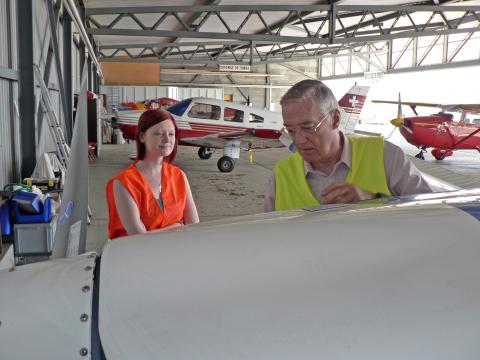Access to Collaboration Site and Physics Results
Abha Eli Phoboo
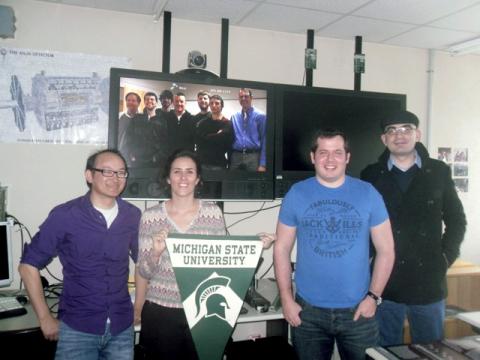
ATLAS Connects with Science Fest Visitors
On 5 and 6 April, Michigan State University's ATLAS physicists who are based at CERN connected virtually via video-conference to visitors attending the annual Science Festival in East Lansing, USA, to talk about particle physics and what it is like to be a physicist.
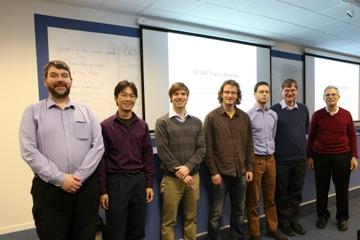
Five Outstanding Students Win ATLAS Thesis Awards
The ATLAS Thesis Awards recognize some of our postdoctoral colleagues who have made exceptional contributions to the experiment, across all areas, in the context of a PhD thesis.
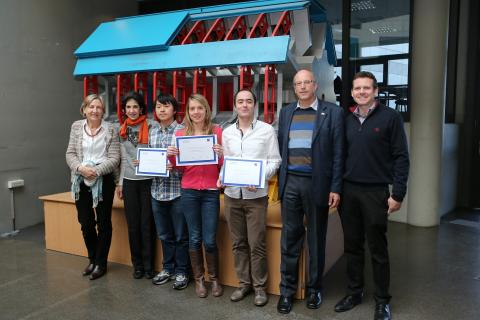
ATLAS PhD Grant Scholars Announced
The first recipients of the ATLAS PhD Grant were presented with a certificate on 11 February at CERN by the programme’s selection committee. The three scholars, Lailin Xu of China, Josefina Alconada of Argentina, and Gagik Vardanyan of Armenia, were delighted at being able to continue their PhD programmes at CERN.
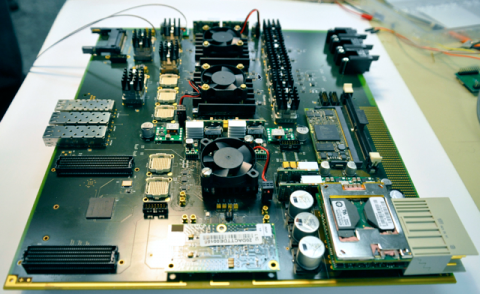
Dealing With Data
In the first run of the Large Hadron Collider, almost a billion proton-proton collisions took place every second in the centre of the ATLAS detector. That amounts to enough data to fill 100,000 CDs each second. If you stacked the CDs on top of each other, in a year it would reach the moon four times. Only a small fraction of the observed proton–proton collisions have interesting characteristics that might lead to discoveries. How does ATLAS deal with this mountain of data?
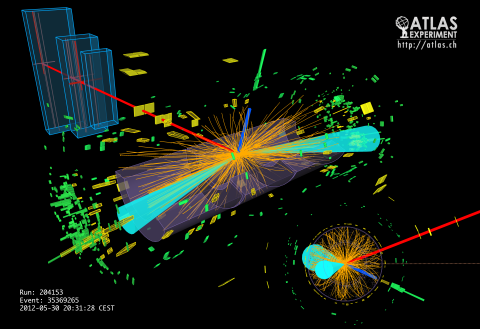
Higgs into fermions
The ATLAS experiment released preliminary results on 26 Nov 2013 that show evidence, with a significance of 4.1 standard deviations that the Higgs boson decays to two taus, which are fermions. This is exciting news. But what makes this measurement important?

Full Coverage for ATLAS Muons
Hold out your hand and in one minute hundreds of muons will have passed through your palm. Muons are one of the high-energy cosmic ray particles that can pass through most solid structures – even the ATLAS detector’s calorimeter, which is designed to absorb particles and measure their energy. A specific system is required to measure muons. Until now, the ATLAS muon system was almost completed, but not quite. The last of the 62 chambers in the Extended Endcap (EE) region was installed just before summer this year.
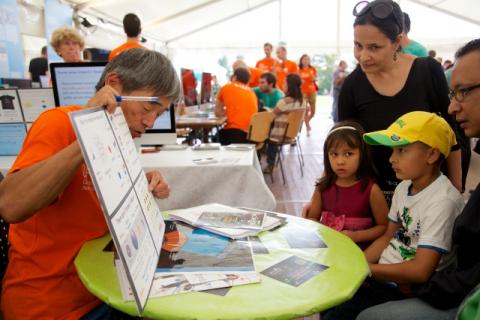
Crowds at ATLAS for CERN Open Days
More than 70,000 people visited CERN Open Days over the weekend, with 20,000 going underground to see the LHC tunnel and the detectors. Of these, an estimated 5,000 people visited the ATLAS exhibits aboveground, and another 2,500 had the opportunity to see the ATLAS detector.
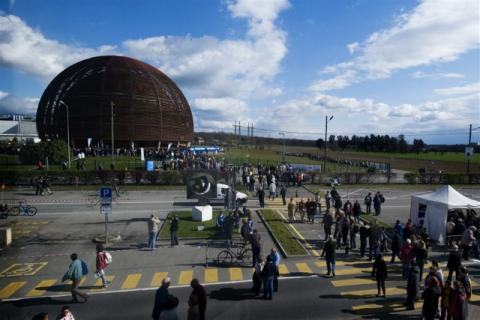
Sharing the excitement of discovery
Only a few more days to go before CERN opens its doors and our universe becomes yours on 28 and 29 September. With 35 surface sites and seven underground visits available, there will be plenty of activities for visitors of all ages.
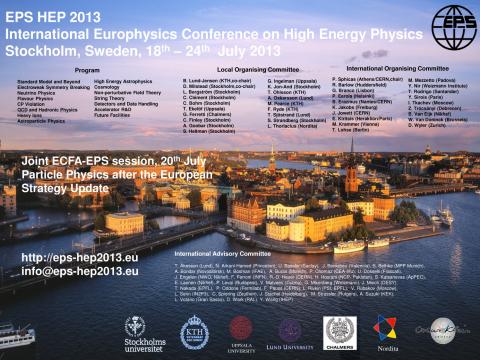
New Results for EPS
ATLAS physicists will be presenting new results at the biennial Europhysics conference on High Energy Physics this year. The conference, which will take place 18 to 24 July in Stockholm, Sweden, is organized by the High Energy and Particle Physics Division of the European Physical Society (EPS).



